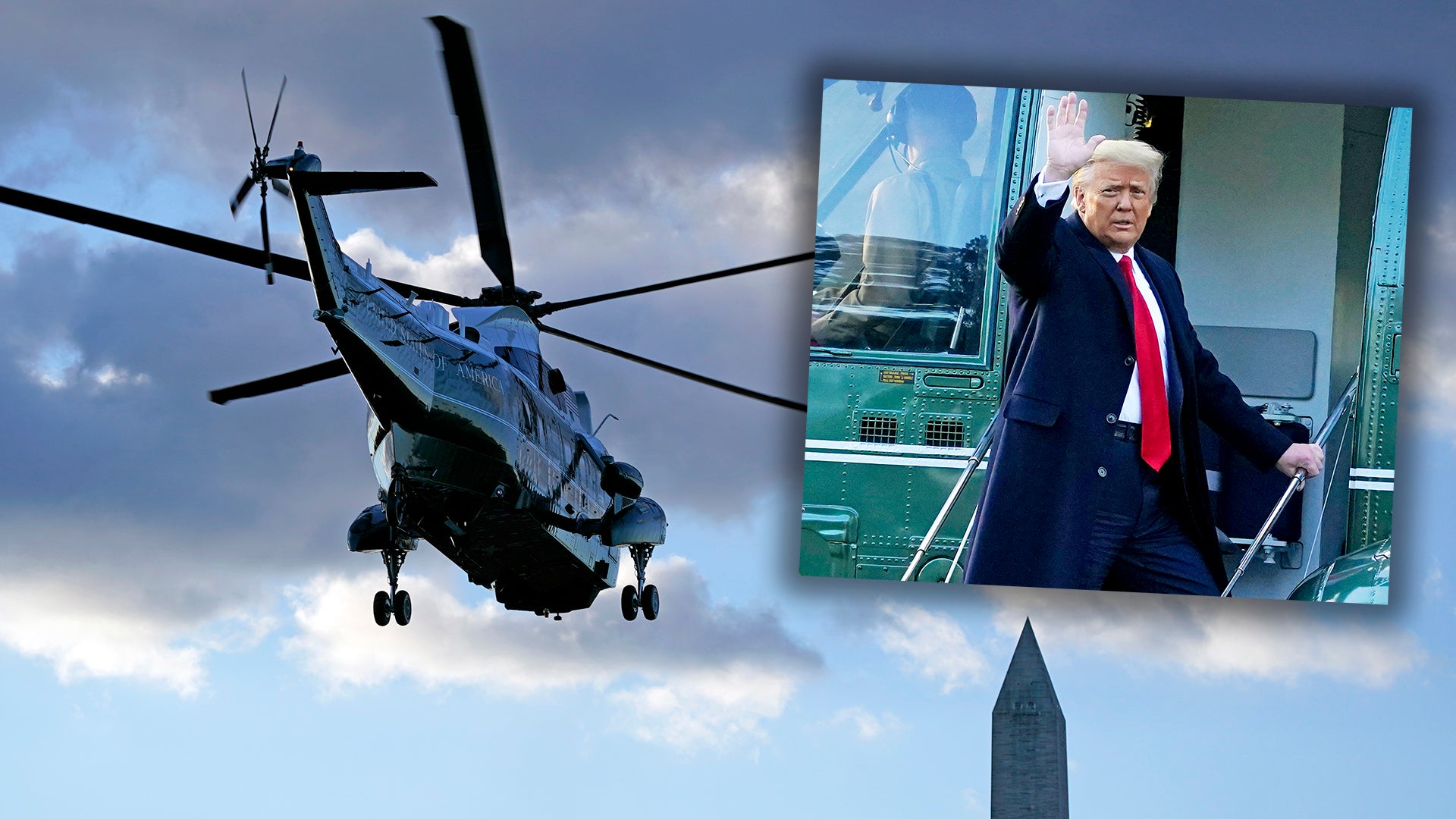After 60 years of service, the VH-3, which is based on the venerable Sea King helicopter, has flown its last President into retirement. The bittersweet realization is also a monumental tribute to the Sea King’s fantastic service record providing support for what is essentially a no failure mission.
Starting this summer, the Sikorsky VH-92A will begin replacing the VH-3Ds, as well as the Black Hawk-based VH-60Ns, a process that is slated to be completed by 2023, marking the end of both types’ service in the coveted ‘White Top’ Marine One role.
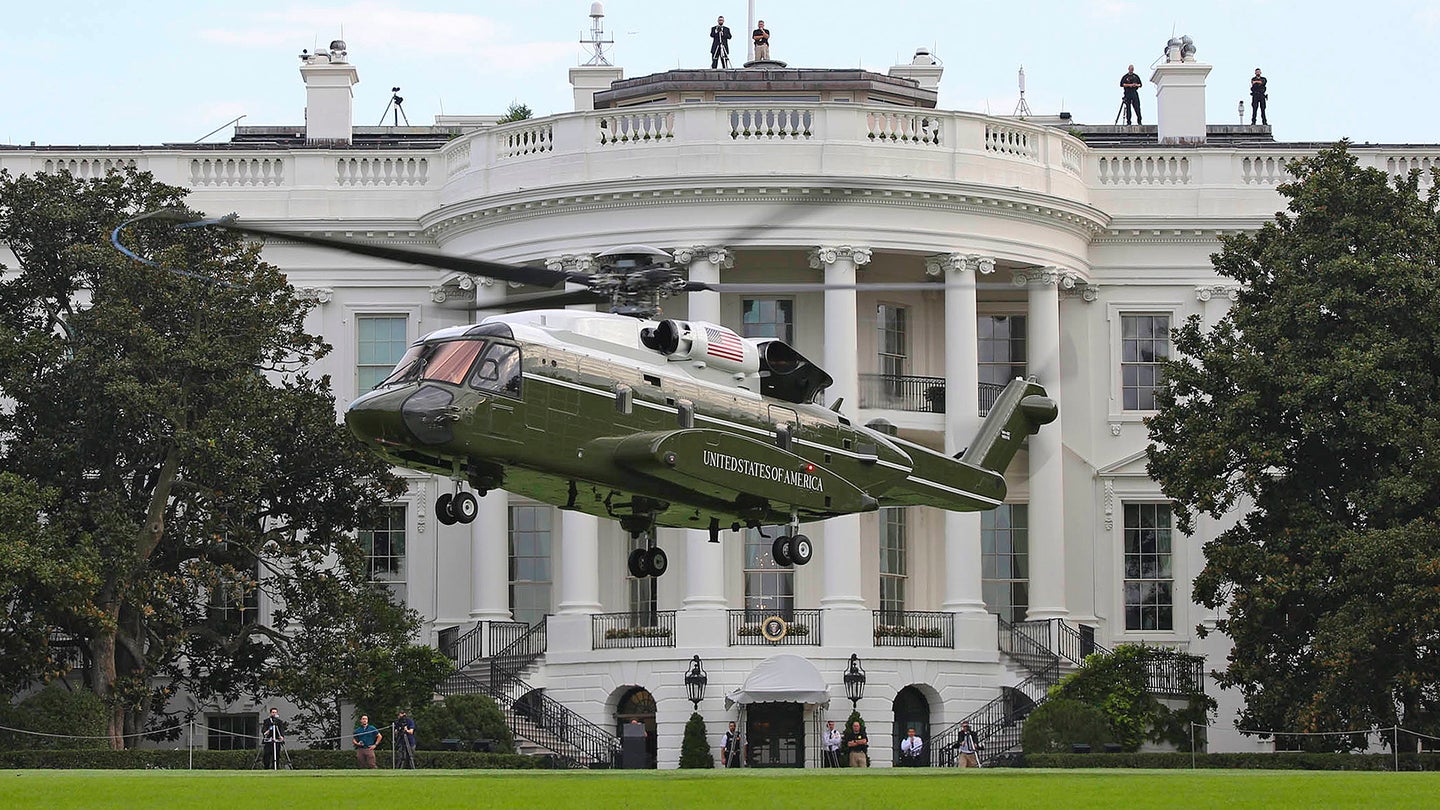
Trump boarded the iconic green and white helicopter for the last time from the White House’s South Lawn this morning at around 8:30 AM. It flew off past the Washington Monument and into the morning sky before doing a tour around Capitol Hill. It then headed off to Andrews Air Force Base in Maryland, where Trump would take Air Force One to his Florida residence. After 11 Presidents, Trump should be the last the VH-3 will fly away into retirement.
The VH-3s, which started flying in the presidential airlift role shortly after their front-line counterparts were introduced into Navy service during the Kennedy Administration, have been an iconic fixture of presidential life ever since.
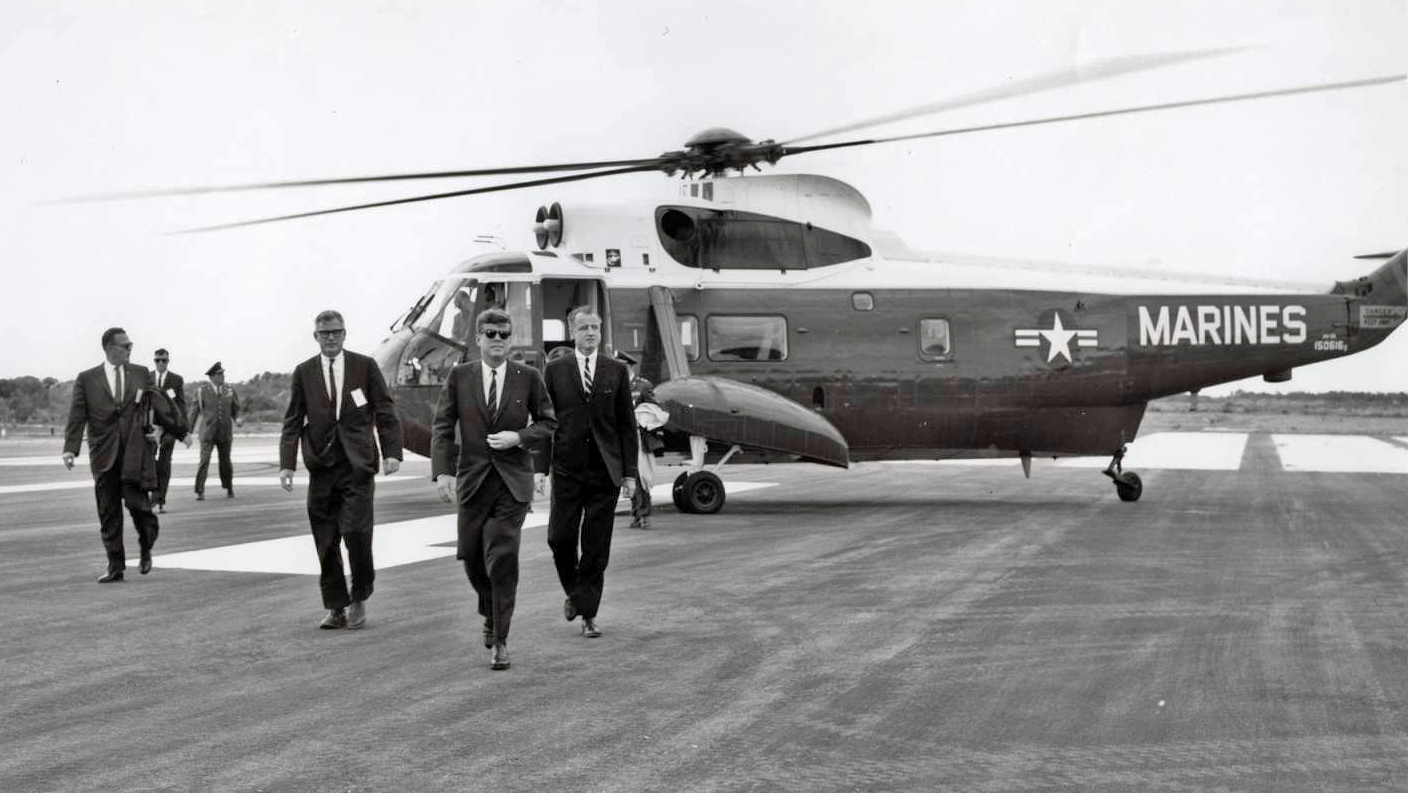
They have also made history in their own right. One of the most memorable presidential moments of all time included a VH-3A as a set-piece. That, of course, was when Richard Nixon left the White House after resigning in 1974, giving the famous two-handed v-for-victory sign at the top of Marine One’s steps.
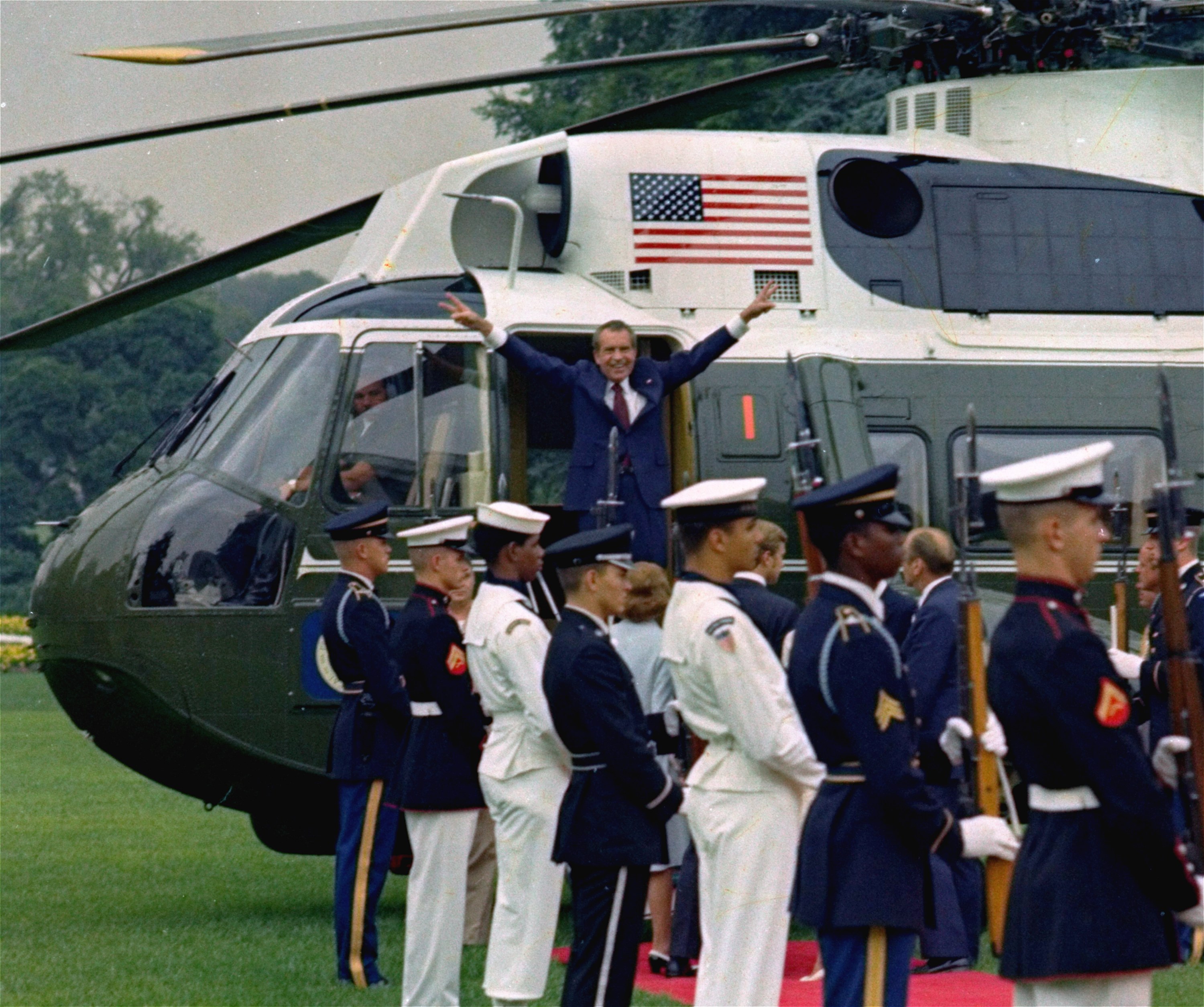
In more recent times, newer VH-3Ds have traveled all over the world and around the country—anywhere POTUS goes, a pair of Marine One aircraft goes too, whether you see them or not. And while they have been consistently upgraded over the years, especially in terms of defensive systems and interior accommodations (you can check out the latest VH-3D interior here and take a historic look at Marine One interiors in this past piece of mine), the VH-3Ds flying today remain remarkably similar to when they were first introduced in the mid-1970s.
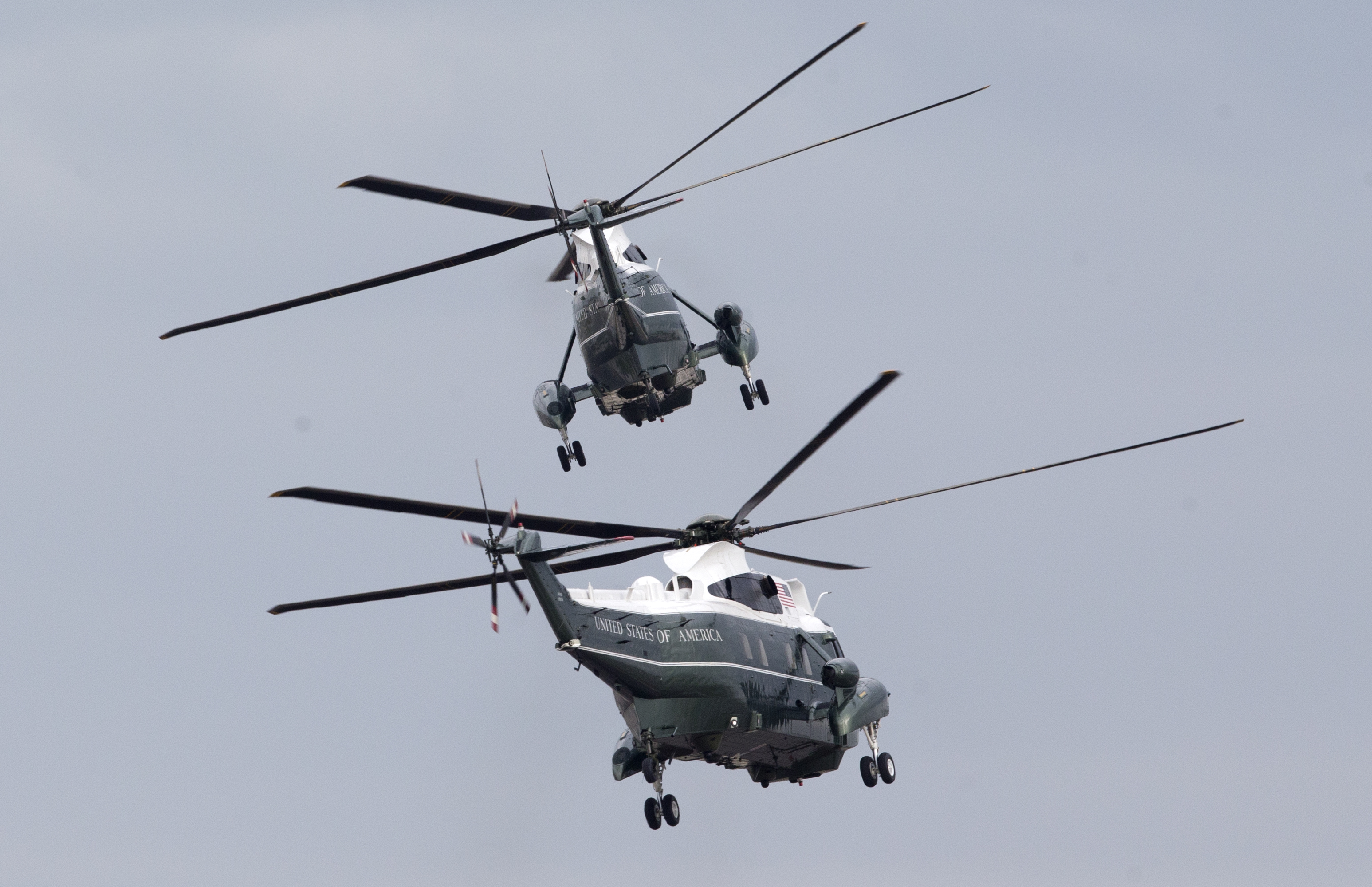
Maybe the most incredible aspect of the VH-3D’s career is that it has actually made so little bad news. While they are needy, aging airframes, they have proven to be reliable steeds for such a demanding mission. Of course, it is also worth remembering that they get more maintenance attention than any other helicopters on earth. Readiness is key though, as these helicopters also play a critical continuity of government role.
Still, the need to replace these decades-old helicopters has been clear for many years. Just for reference, the Pentagon retired all other Sea King helicopters a decade and a half ago, and even then, they were being used only in a very limited manner.
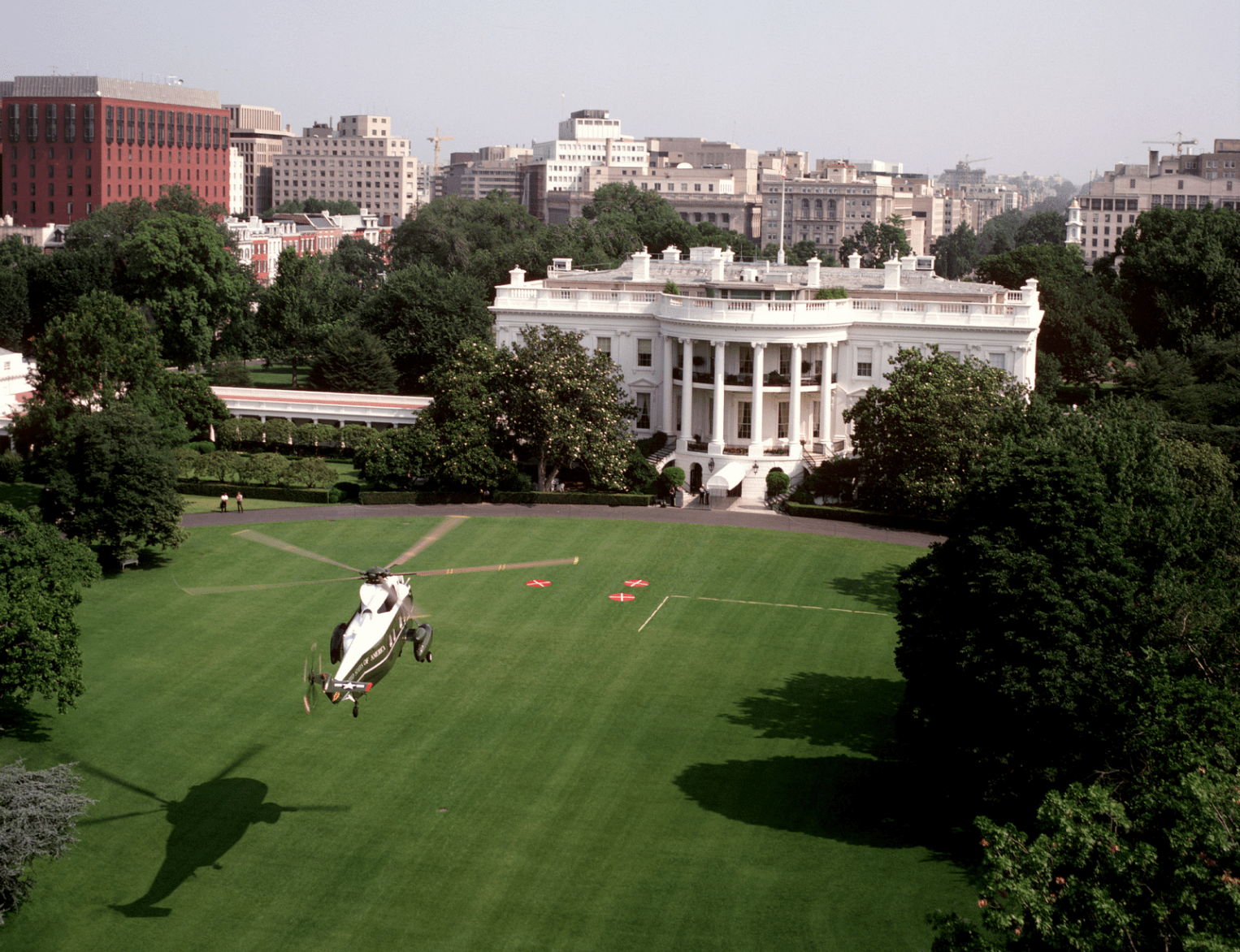
An abortive and hugely expensive attempt to replace the VH-3D with the VH-71 Kestral, a variant of the triple-engined EH-101, started under the George W. Bush Administration and was canceled after Obama took office. In an attempt not to repeat the failings of that program, the VH-92 program was initiated in 2014 with 21 full-up VIP aircraft and two utility examples for testing and training making up the planned fleet.

Currently, there are 11 VH-3Ds and eight VH-60Ns that make up the “White Top” presidential airlift fleet, all of which will be replaced by the VH-92s. This new aircraft is based on the Sikorsky H-92 Helibus and has had a relatively smooth and on-budget development. This all will hopefully pay off this summer when they start actually flying POTUS.
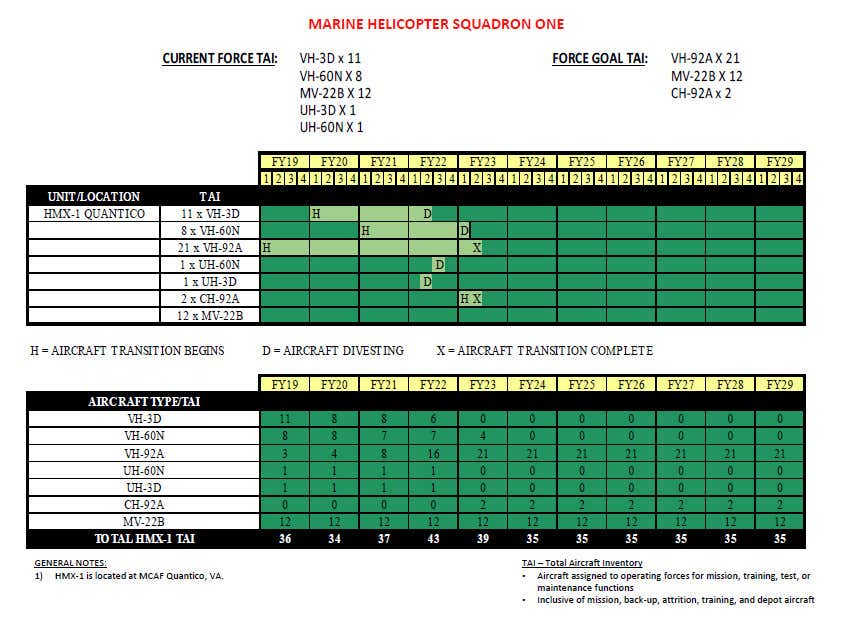
Overall, the VH-92s are far more modern, larger, and more capable than their predecessors in pretty much every way. Still, they have big shoes to fill as the VH-3D has provided an incredible return on investment and has safely moved the president from point A to B for whopping 60 years. A marvelous accomplishment to ponder, really.
It’s also worth noting that the same could be said about the two 30-year-old 747-200-based VC-25As that serve as Air Force One. These aircraft will be replaced by VC-25Bs, based on the 747-8i, in less than four years’ time. The aircraft are going through conversion now near San Antonio, with both of the jets planned to have replaced their predecessors by the end of 2024.
So, if everything goes as planned, Biden, if he wins a second term, or the next president, will fly aboard an entirely new presidential airlift fleet following the 2024 election.
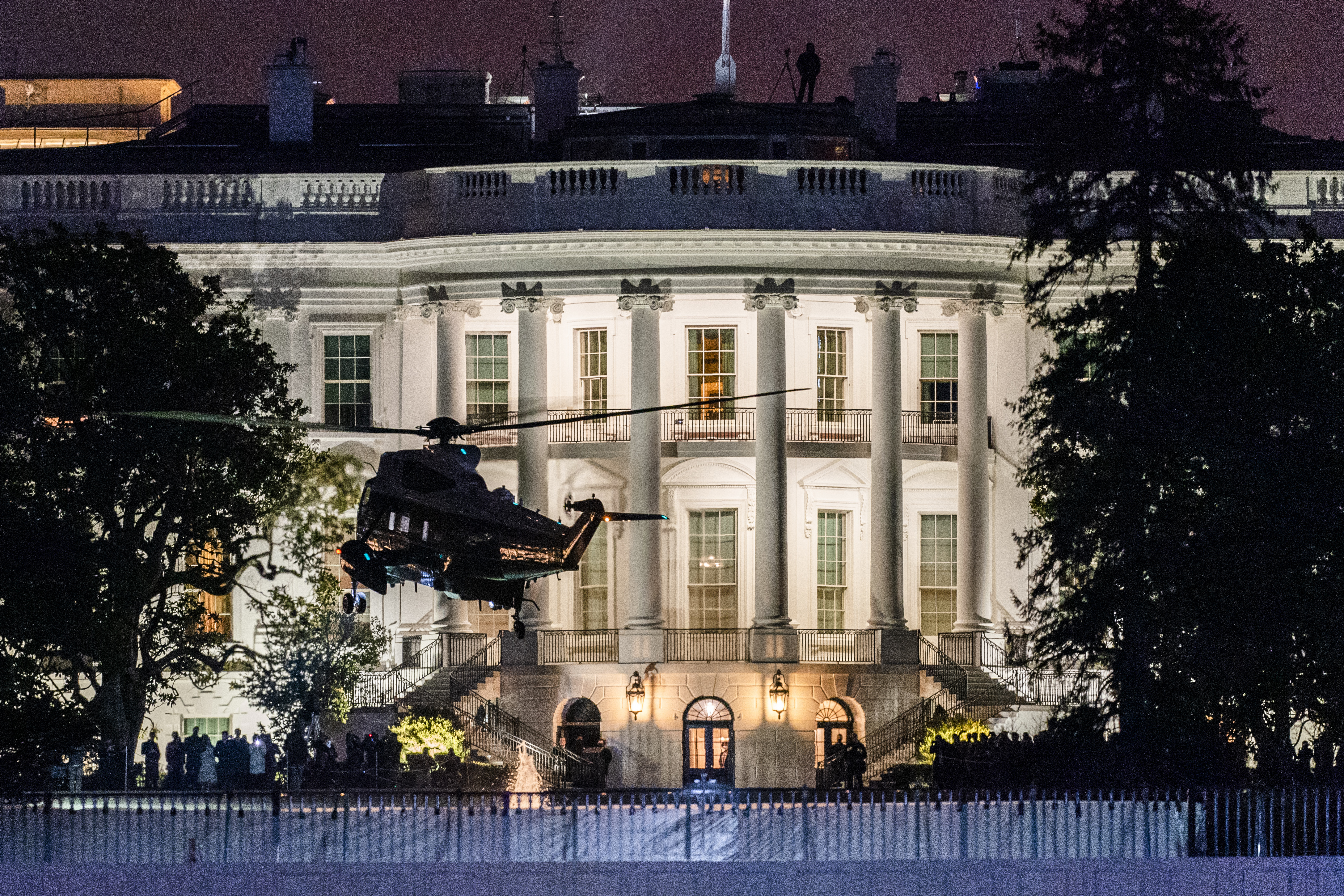
Contact the author: Tyler@thedrive.com
